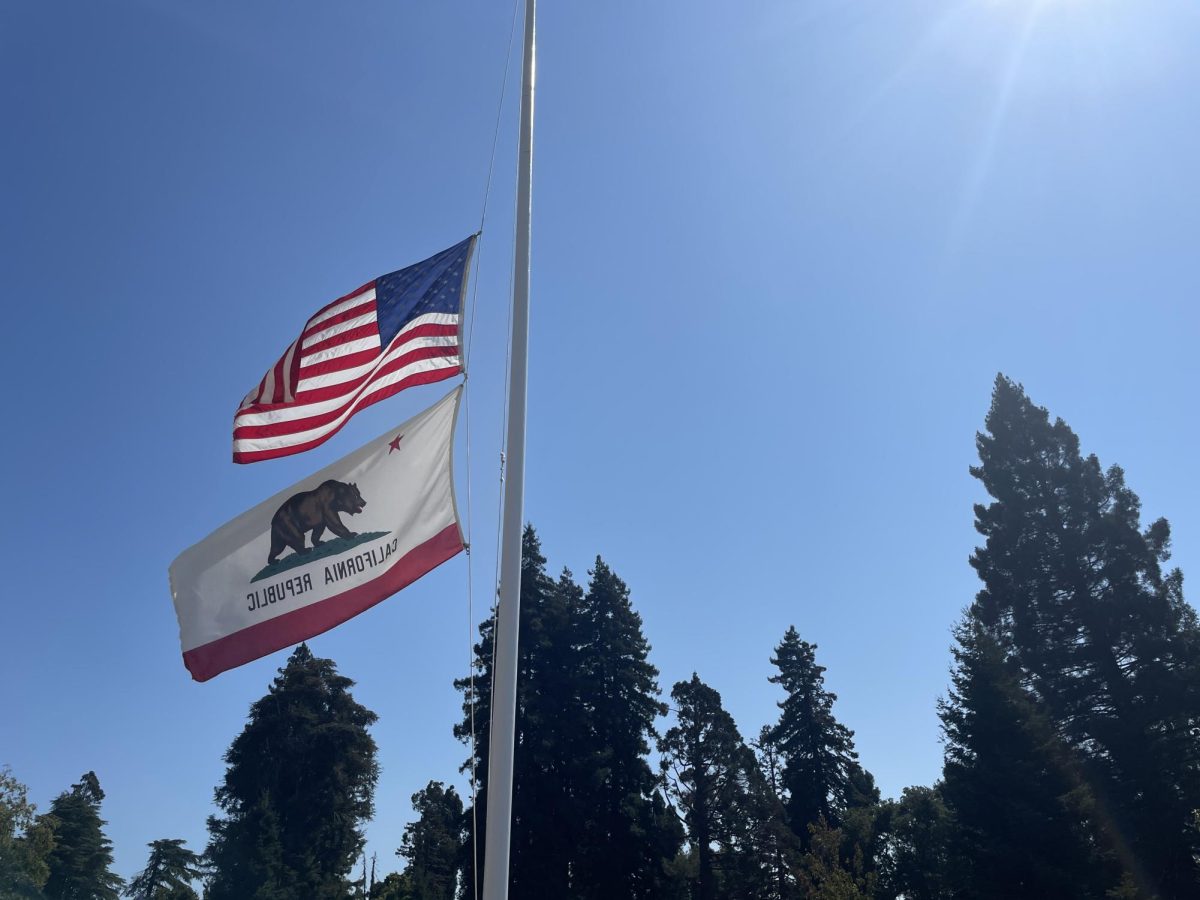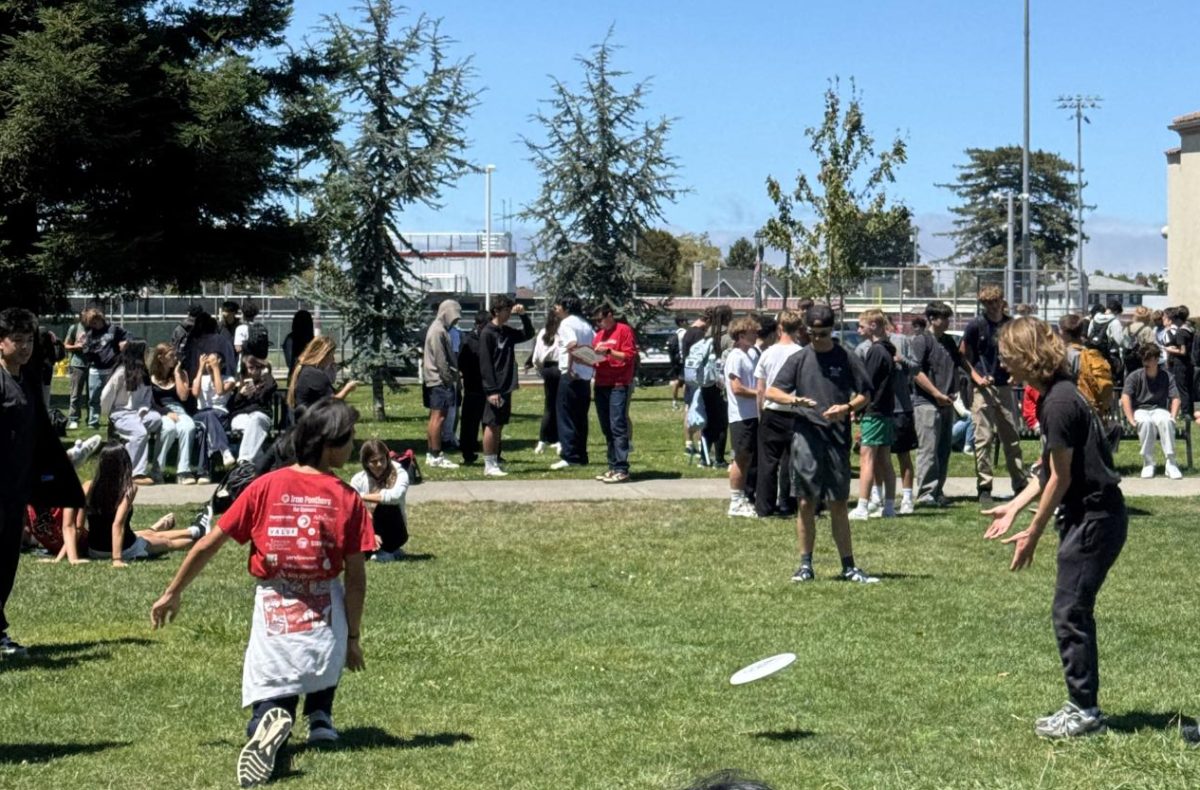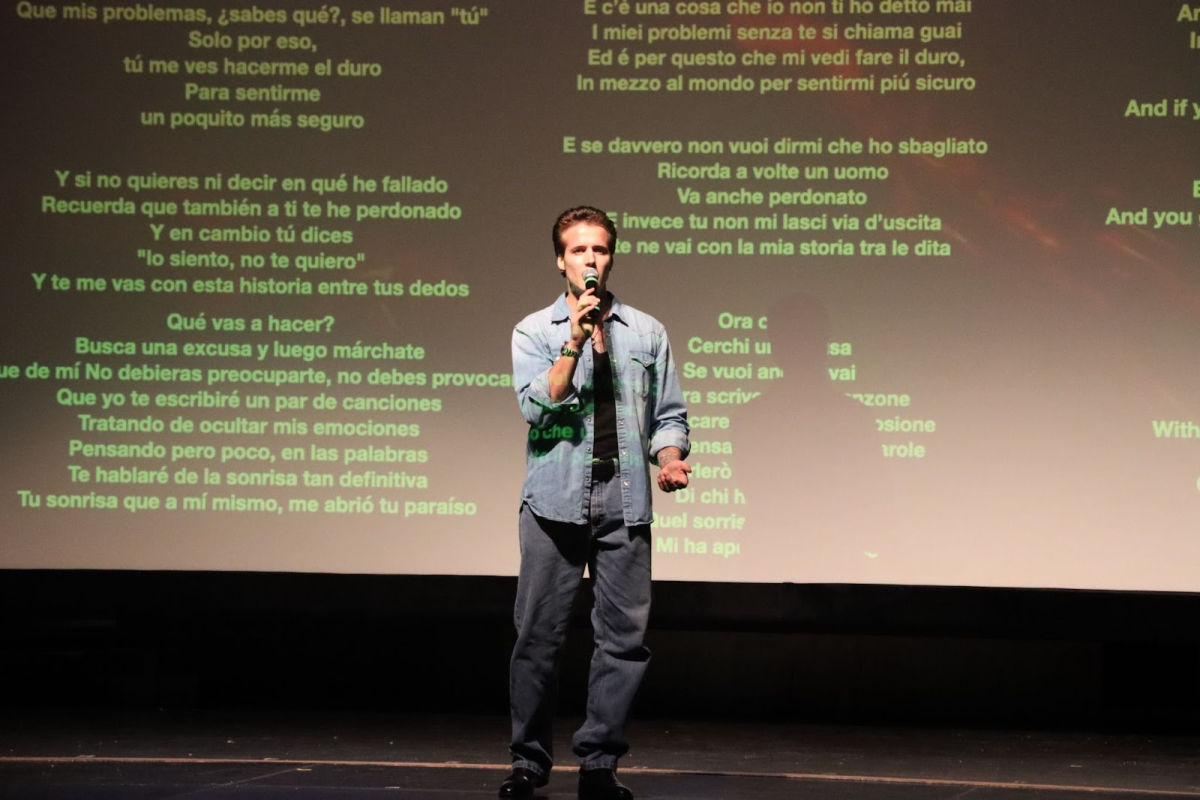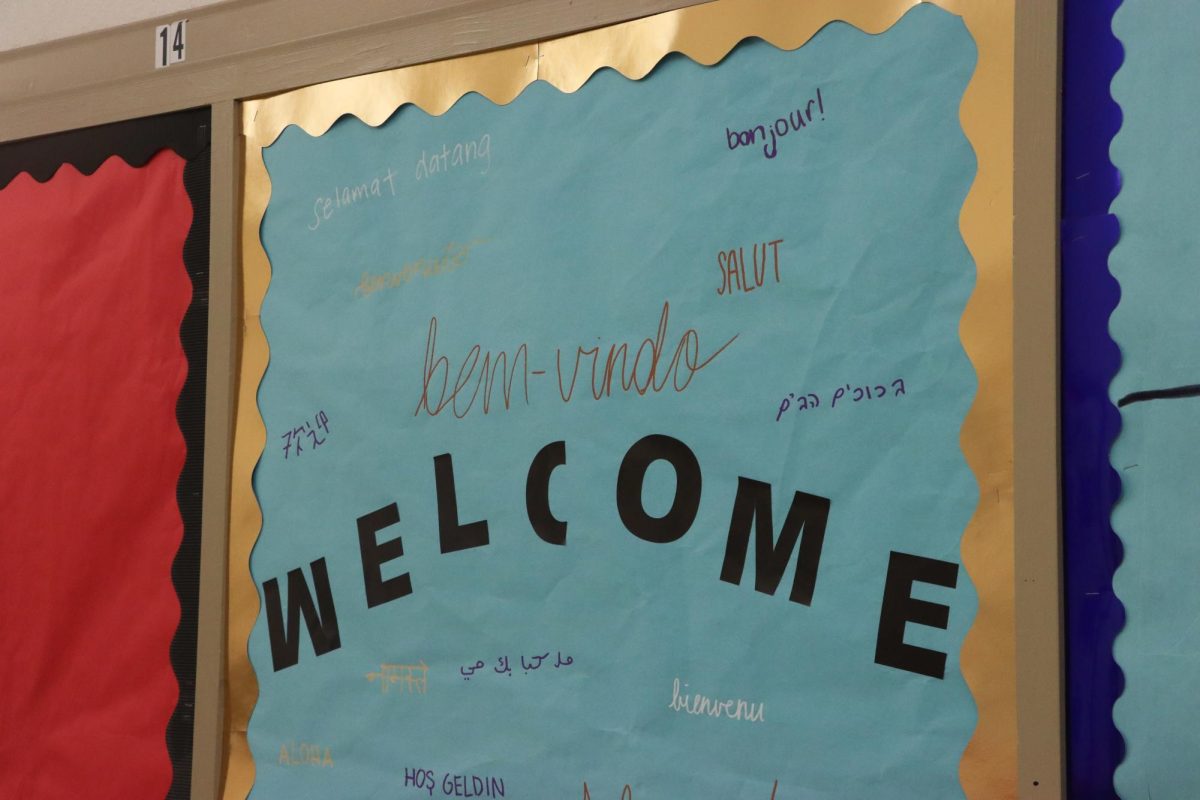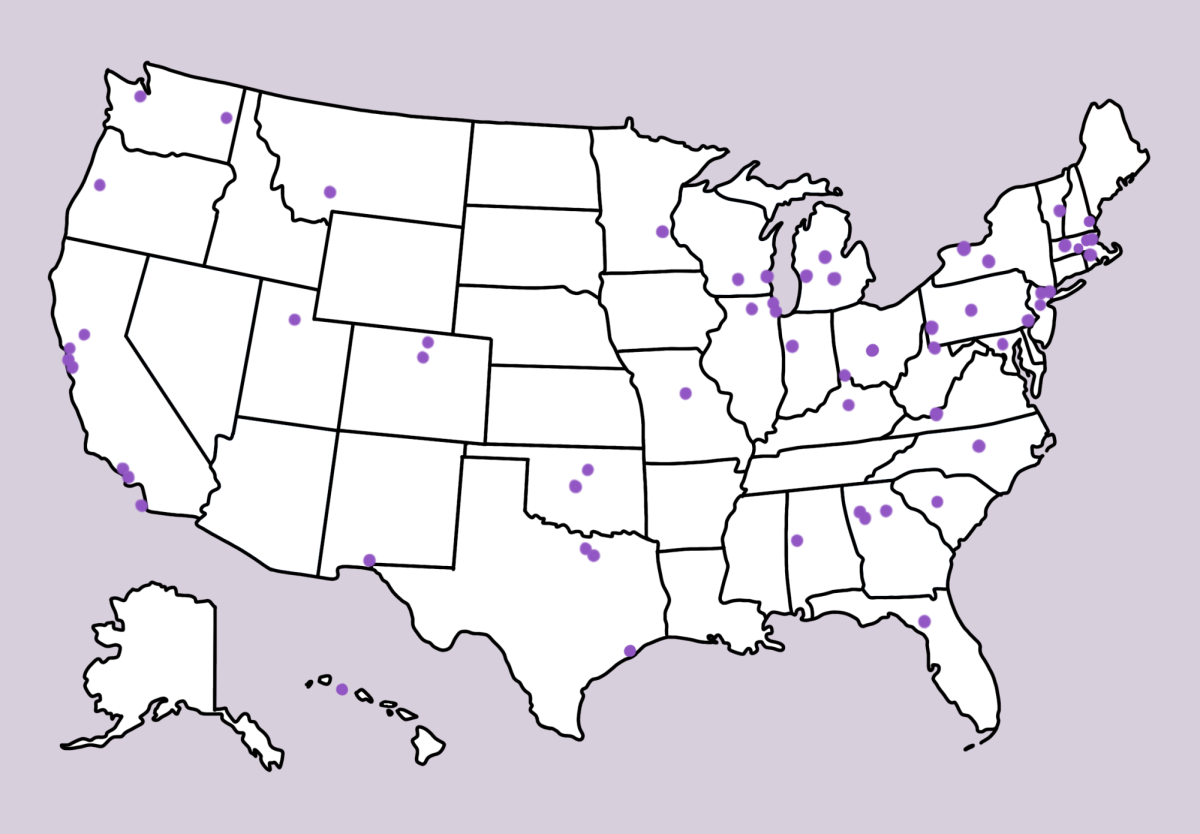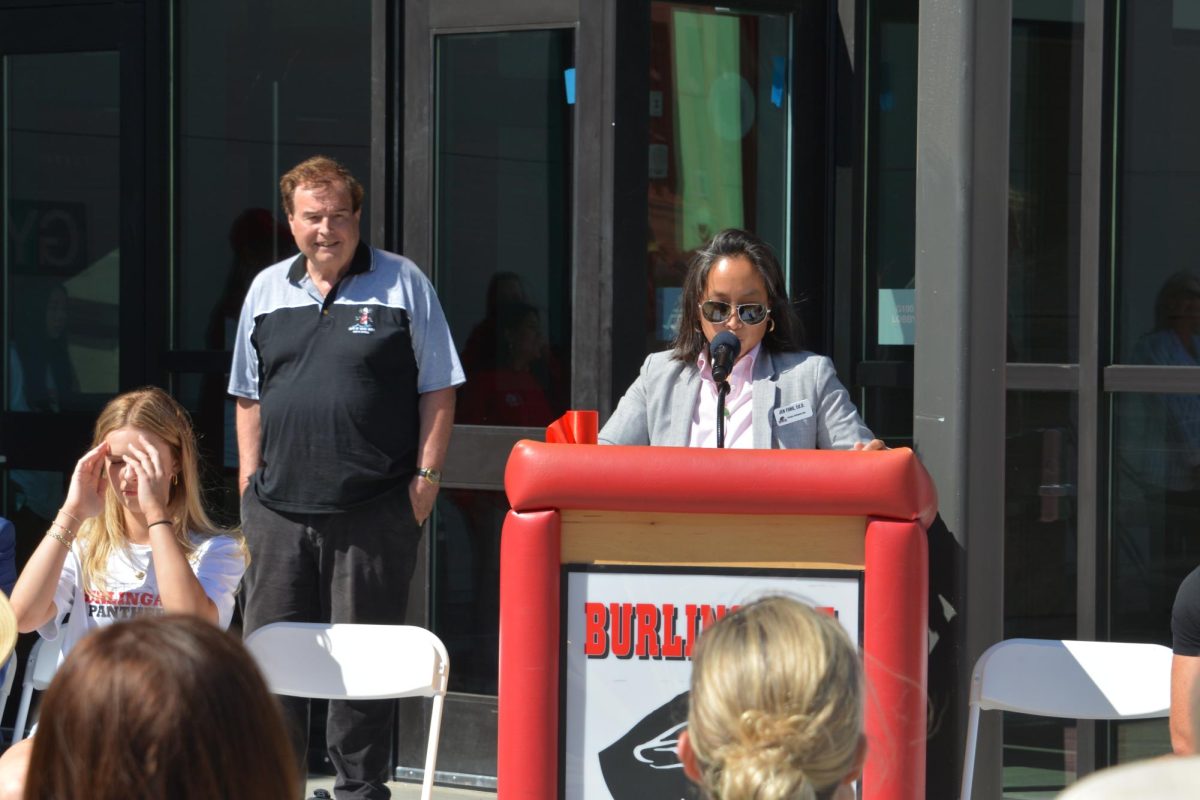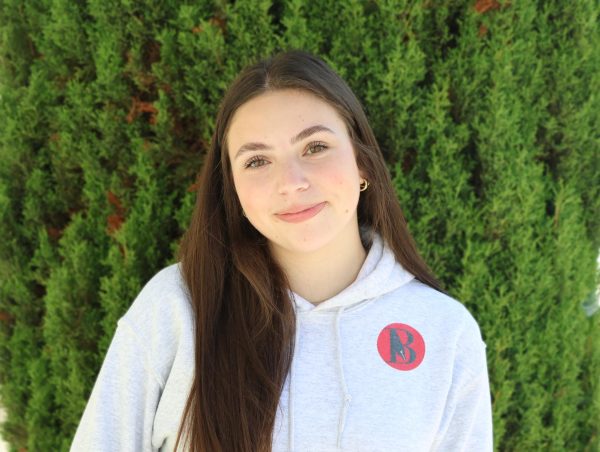Suspensions in the San Mateo Union High School District (SMUHSD) have risen slightly over the past three years, even as the number of instructional days lost by suspended students has decreased, according to a Nov. 21 board meeting.
In the presentation, Director of Student Services Don Scatena detailed trends in disciplinary actions, reporting that incidents involving injury, fights, threats, force, violence, or assault account for about 44% of all suspensions. The other 56% stems from a combination of weapons and imitation firearms, tobacco use, theft, sexual harassment, property damage, bullying, disruption and profanity, drugs and alcohol, and hate and violence. Scatena also noted that drugs and alcohol — previously the leading cause of suspensions — has now been surpassed by violence.
During public comments, Jennifer Blanco, an SMUHSD parent, alumni, and San Bruno Park Elementary School District Trustee, shared her thoughts on the increase in suspensions among students of color.
“More black and brown students are suspended now than before the pandemic, the 50% increase from 273 [students] in 2019 to 419 [students] in 2024 is shameful,” Blanco said.
Following the discussion of suspensions, Scatena presented student attendance data. He reported that 21% of students in the district are considered chronically absent — defined as missing 10% or more school days or periods, including excused absences. The data also found that seniors remain the most chronically absent. Scatena’s presentation concluded there are almost twice as many chronically absent seniors than freshmen. The attendance rates in the district also differ significantly between juniors and seniors.
Scatena outlined the board’s plans to continue improving the attendance rates throughout the district through the use of social workers and site attendance review teams. When the district held these meetings with students and their families to address attendance issues directly at school sites, the students who participated showed a 23% improvement in their attendance rates. This year, as of Nov. 1, there has been a 79% improvement.
“The conferences are the key. Our administrators are hearing that. Our site teams are hearing that,” Scatena said. “[The conferences are really important] because we’re seeing such great growth when we do them.”
Further into the meeting, a presentation by Mark Quattrocchi, the lead partner of
Quattrocchi Kwok Architects (QKA), showed the board the plans for the district-wide classroom transformation project. While intended for the summer of 2028, the construction for this project will happen during the summer of 2026 for three of the schools in the district: Aragon, Burlingame, and Cappuccino. The others will be completed the following summer.
The presentation during the meeting was for the approval of the schematic design, budget, and schedule of the project. The project includes updates to about 420 classrooms and lab interiors across six campuses. Planned upgrades include new ceiling tiles and light fixtures, marker walls instead of boards, semi-transparent window shades, tackable wall panels, replaced and unattached furniture, updated rubber flooring, and uniform classrooms throughout. The project at Burlingame has a proposed budget of over $15 million.
Quattrocchi expressed his excitement for the project and looks forward to the final improvements coming in the next few summers.
“I’m really particularly delighted about this — I’ve worked with the district for nearly 25 years on every single campus, but this is such a unique and rare opportunity for us to touch each learning environment in your school, so all of us here at QKA are just delighted about this,” Quattrocchi said.




